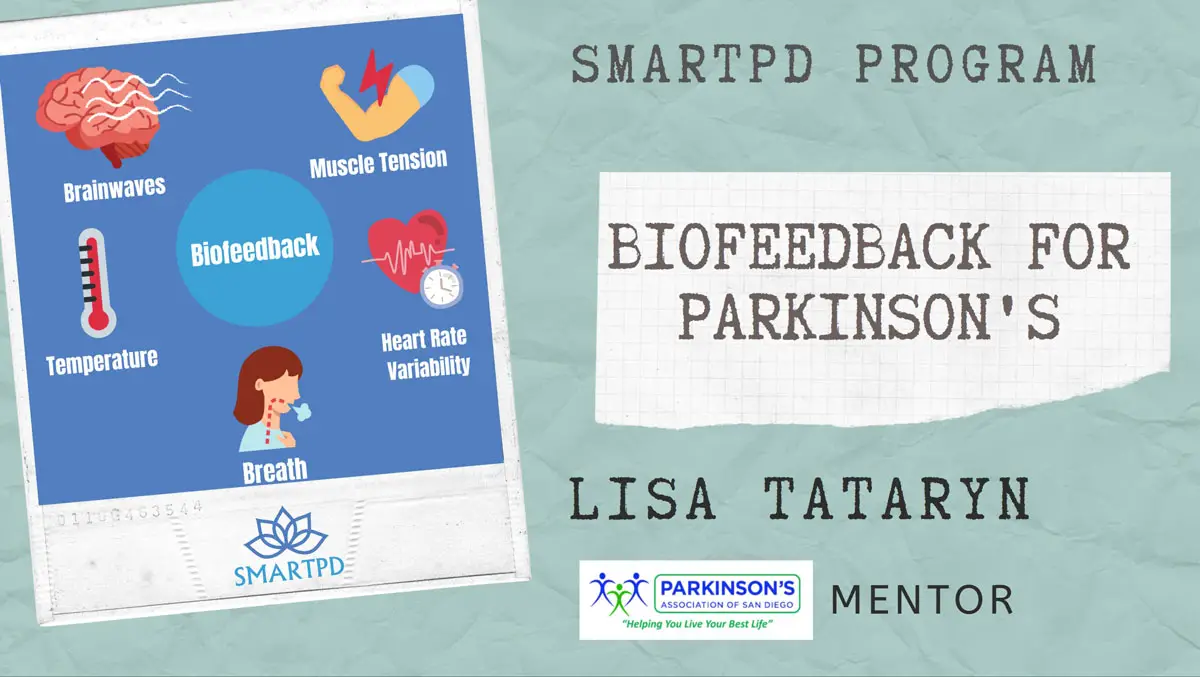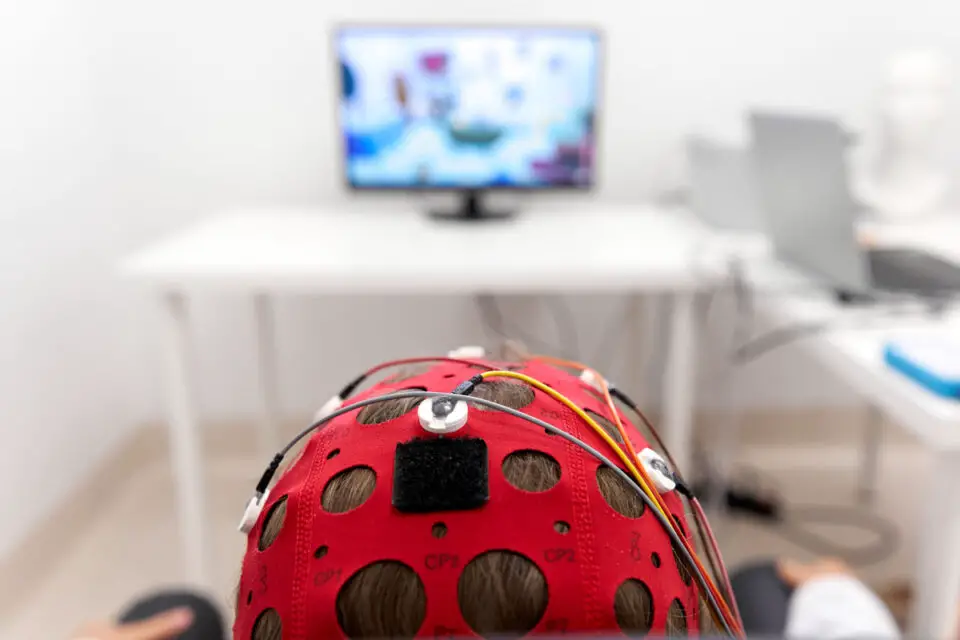For years, Encinitas resident and clinical neuroscientist Lisa Tataryn witnessed her mother’s struggles with cognitive decline. This painful experience inspired her to open a clinic helping people regain parts of themselves lost from dementia.
After the pandemic forced her business to close temporarily, she reopened her clinic in a new location, hoping to help more people with her new SMARTPD Neurofeedback Program.
The non-invasive treatment program harnesses the power of digital therapeutics to empower individuals with movement disorders — a group of neurological conditions that cause either rapid or slow movements, voluntary or involuntary — and cognitive decline.
Tataryn’s work bridges the gap between what healthcare offers with surgeries and pharmaceuticals and what she can provide with personalized treatment plans tailored to individual patients’ needs.
“I’ve been doing this for 20 years. My mother had a movement disorder . I went to many of her support group meetings and met many people who tried different therapies and were interested in learning other ways of helping yourself,” Tataryn said. “With my mother’s movement disorder, she went through many surgeries and medications, and not everything worked, and sometimes it was off and on. But she tried biofeedback, and it helped her tremendously.”

With a clinical neuroscience background, Tataryn wanted to explore why biofeedback worked so well compared to many of the streamlined medical treatments used for movement and cognitive disorders.
According to the Mayo Clinic, biofeedback is a type of mind-body technique used to control some of the body’s functions, such as heart rate, breathing patterns, and muscle responses. During biofeedback, you’re connected to electrical pads that obtain information about your body.
“There was a neurosurgeon I went to see present on deep brain stimulation, a surgery that they do for people with Parkinson’s where they put electrodes inside the brain to send electric shocks to help the brain reregulate itself,” Tataryn explained. “I asked the neurosurgeon if I could put electrodes on the top of the brain instead of inside. And he said, ‘I don’t see why not?’ Hence, neurofeedback for Parkinson’s. I started doing it and was getting results when I was digging into science to figure out why I was getting results.”
Tataryn discovered links in certain patterns identified in an EEG (electroencephalography, a test that detects abnormalities in the brain’s electrical activity), which allows her to use machine learning to locate and regulate the unusual activity without surgery.
Neurofeedback, a more specific branch of biofeedback, is a non-invasive, drug-free brain exercise that uses sensors to measure brain activity and provide real-time feedback to the client. Based on scientific research, neurofeedback has reportedly helped individuals learn to regulate their brain activity and improve symptoms associated with Parkinson’s, attention deficit hyperactivity disorder, major depressive disorder, anxiety disorder, epilepsy and traumatic brain injuries.
The SMARTPD Program recently launched its new AI-empowered screening tool to detect and treat early cognitive decline. This advanced technology, approved by the Food and Drug Administration, is a game changer, according to Tataryn, allowing prompt intervention with neurofeedback and health coaching.
While neurofeedback has not yet entered the mainstream, several devices, including the SMARTPD Program, have been cleared by the FDA, and the treatment is generally considered safe with few side effects. The Centers for Disease Control and Prevention includes neurofeedback as a treatment option for children with ADHD, but the agency did not endorse it, according to The New York Times.

The reopening of the clinic will give patients a chance to try this new screening of neurofeedback, also known as brain training or EEG biofeedback.
Tataryn’s program hopes to target specific brain markers on EEGs to help decrease patients’ stress, improve sleep and balance, and reduce muscle tension and pain.
Once a patient signs up to start the SMARTPD program, the treatment moves quickly.
“It usually takes about 90 minutes for the first appointment,” Tataryn said. “I do a brain scan and all the baseline measures, which can be a little tiring for the patient, and then I send them home with cognitive testing. They do this online cognitive testing, sending it back to me with a breakdown of what parts of the brain are not functioning as well as they can with cognition. Then I build a plan. We do multiple sessions, and we usually start to see results quickly once we start.”
The program she uses to measure brain waves mimics old-school interactive games, like Pac-Man or Space Invaders, to show patients their live feedback.
“Some of them are easy, some aren’t, and there’s also software for watching a movie or Netflix with your brain hooked up,” Tataryn said. “Basically, when you’re watching a movie or playing a game, the electrodes are hooked up, and if you’re not focused, it dims the screen or doesn’t make noises; or if you’re anxious or nervous, it does the same thing. The point is for patients to see how their brain works in real-time and learn how to improve it.”
Whether a patient chooses to play a game to learn how their brain works or chooses to watch a movie, Tataryn takes the information from the sessions to personalize a plan of action. She identifies specific brain waves and how they move to create a plan for the patient to learn how to control their own life again.


